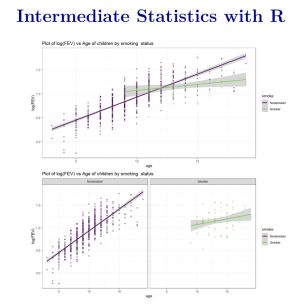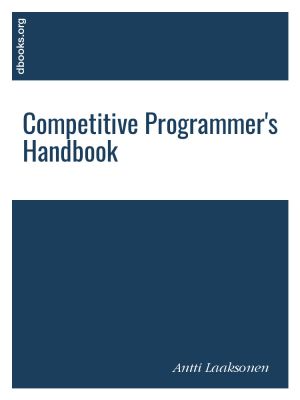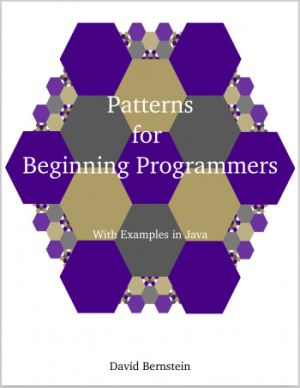
Introductory statistics courses prepare students to think statistically but cover relatively few statistical methods. Building on the basic statistical thinking emphasized in an introductory course, a second course in statistics at the undergraduate level can explore a large number of statistical methods. This text covers more advanced graphical su...

The purpose of this book is to give you a thorough introduction to competitive programming. It is assumed that you already know the basics of programming, but no previous background in competitive programming is needed.
The book is especially intended for students who want to learn algorithms and possibly participate in the International Olympi...

A new edition of a graduate-level machine learning textbook that focuses on the analysis and theory of algorithms.
This book is a general introduction to machine learning that can serve as a textbook for graduate students and a reference for researchers. It covers fundamental modern topics in machine learning while providing the theoretical basi...

Back in the mid 90s, Beej got tired of all his friends asking him how to do this stuff with networking programming in C, so he put pen to paper on the early World Wide Web and wrote down everything he knew just to get them off his back. Since then, the Guide has expanded significantly, with plenty of examples, and covers IPv6. Inside you'll fi...

William Sharp (1855-1905) conducted one of the most audacious literary deceptions of his or any time. A Scottish poet, novelist, biographer, and editor, he began in 1893 to write critically and commercially successful books under the name Fiona Macleod who became far more than a pseudonym. Enlisting his sister to provide the Macleod handwriting, he...

An introduction to the engineering principles of embedded systems, with a focus on modeling, design, and analysis of cyber-physical systems.
The most visible use of computers and software is processing information for human consumption. The vast majority of computers in use, however, are much less visible. They run the engine, brakes, seatbelts,...

Geometry with an Introduction to Cosmic Topology approaches geometry through the lens of questions that have ignited the imagination of stargazers since antiquity. What is the shape of the universe? Does the universe have an edge? Is it infinitely big?
This text develops non-Euclidean geometry and geometry on surfaces at a level appropriate for ...

This book is geared towards users who have no Revit background. It starts with Revit basics such as how to create walls, floors, roof, but it also covers more advanced topics such as creating a complex object, preparing construction documents, and modeling mechanical and structural systems.
This book is an open education platform for Architectur...

Programming patterns are solutions to problems that require the creation of a small fragment of code that will be part of a larger program. Hence, this book is about teaching you how to write such fragments of code. However, it is not about teaching you the syntax of the statements in the fragments, it assumes that you already know the syntax. Inst...

Principles of Finance is targeted at the core finance course for undergraduate business majors. The book is designed for conceptual accessibility to students who are relatively early in their business curriculum, yet it is also suitable for more advanced students. Due to the wide range of audiences and course approaches, the book is designed to be ...

This book starts with an introduction to the core concepts of .NET memory management and garbage collection, and then quickly layers on additional details and intricacies. Once you're up to speed, you can dive into the guided troubleshooting tour, and tips for engineering your application to maximise performance. And to finish off, take a look...
